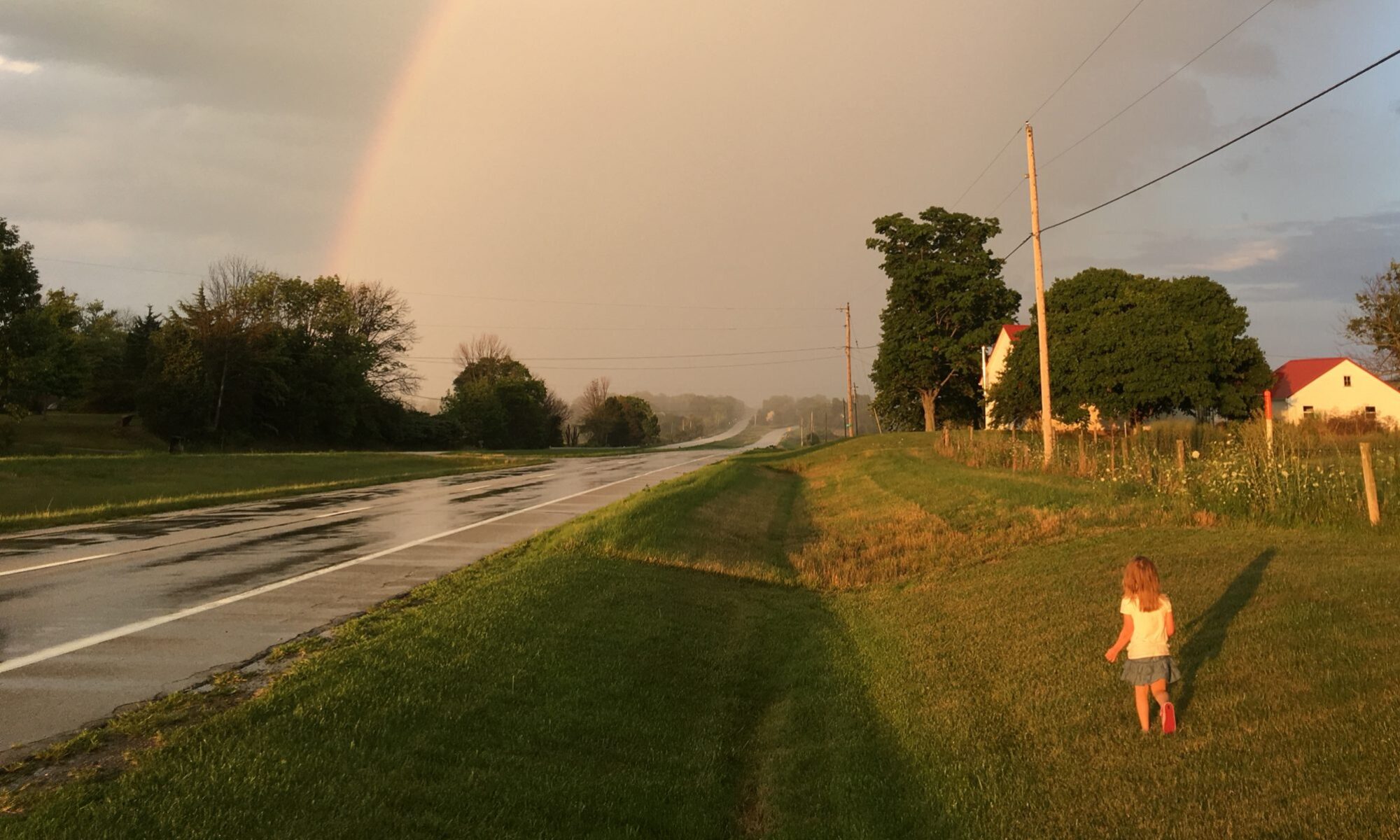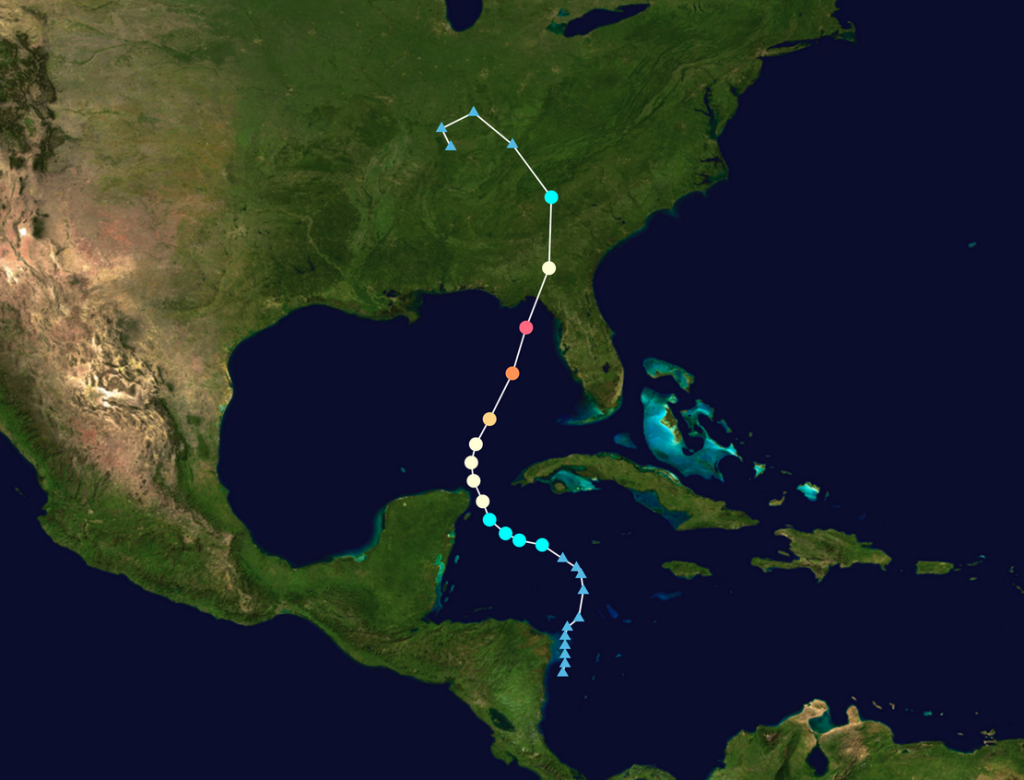How much thought do you give to the contents of your pockets on a daily basis? Probably not much, because most normal people organically adapt to a practical loadout without much consideration. If I leave the house, I have my phone, keys, and wallet as minimums. Because I’m likely to need those items. I don’t need a schematic.
But prepping has now infiltrated our pants. I need to carry, at a minimum apparently, a small version of every possible tool I might need in the remotest of circumstances. I might need to break a window, bandage a gunshot wound, and set off a visual SOS beacon…on my adventure to Home Depot to buy a 2×4. Suburbia is a jungle!
I mock these dweebs and the EDC community. Being prepared is one thing, but obsession only leads to anxiety. Why do people post pictures of the items they regularly carry? How starved are we for acknowledgment as to solicit feedback from an anonymous public on my Swiss Army knife?
After leading a comfortable life there appears to be a need for street cred. So you completed medical school, and that required sacrificing a particular lifestyle – one that demanded some ruggedness and the potential for violence, so you’re not a real man. So you buy a gun and carry a knife. You know you’re a poser, so you overthink what this missing lifestyle entails and emulate it, but because you know you’re not genuine you need the validation. It’s compensation.
This is why normal product searches have turned into exercises of lexiconical stupidity. I wanted to buy a pocket flashlight because, as a homeowner, I always seem to need one on hand. There’s always a dark crevasse that something rolled into, or that contains a screw I need to tighten, or a deer that needs to be scared out of my vegetable garden at night. But could I find a pocket flashlight that met my desired specs? Not at first. Because I had to search for “tactical” flashlight. As if I’m going to whack a Taliban in the skull with it. Again, suburbia is indeed quite the jungle! Or, sandy battlefield.
So let’s all just stop with the nonsense please. I carry a folding pocket knife, not because of those marauding Taliban. And it doesn’t need to be named “The Stabinator 3000” or some other retarded name. It needs to cut boxes and packaging and garden produce. It doesn’t need to be a self-defense tool, and neither does my flashlight. Sigh.
Anyway, here’s what I got:
To its credit, it was not marketed as tactical, though it was the marketing term I used to find it.
Sigh again.
And it fits nicely against my tactical keychain in my tactical cargo pants.
EDC! Sigh.
–Simon







